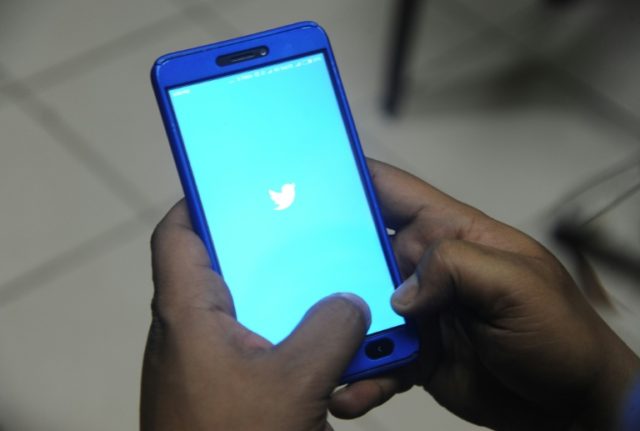Social media platform Twitter has revealed a number of steps it is taking to cut down on spam and “malicious automation” on the platform.
In a recent announcement published on their website, Twitter revealed new plans to fight spam and “malicious automation.” The post was written by Twitter executives Yoel Roth and Del Harvey, and opens by outlining some of the steps Twitter has already taken in their war against bot accounts. The articles notes a number of figures such as:
- In May 2018, our systems identified and challenged more than 9.9 million potentially spammy or automated accounts per week. That’s up from 6.4 million in December 2017, and 3.2 million in September
- Due to technology and process improvements during the past year, we are now removing 214% more accounts for violating our spam policies on a year-on-year basis.
- At the same time, the average number of spam reports we received through our reporting flow continued to drop — from an average of approximately 25,000 per day in March, to approximately 17,000 per day in May. We’ve also seen a 10% drop in spam reports from search as a result of our recent changes. These decreases in reports received means people are encountering less spam in their timeline, search, and across the Twitter product.
- We’re also moving rapidly to curb spam and abuse originating via Twitter’s APIs. In Q1 2018, we suspended more than 142,000 applications in violation of our rules — collectively responsible for more than 130 million low-quality, spammy tweets. We’ve maintained this pace of proactive action, removing an average of more than 49,000 malicious applications per month in April and May. We are increasingly using automated and proactive detection methods to find misuses of our platform before they impact anyone’s experience. More than half of the applications we suspended in Q1 were suspended within one week of registration, many within hours.
The article then further outlines Twitter’s new plans to improve the platform. One way in which Twitter is cracking down on spam accounts is by reducing the visibility of them and removing them from individual’s Twitter follower figures and engagement data until those accounts can confirm a phone number and verify that they are in fact real accounts. This will not only affect user follower counts but will also affect the number of likes or retweets a singular tweet receives.
Twitter also plans to improve their signup process, requiring new accounts to confirm an email address or phone number when they sign up on Twitter. Roth and Harvey do note however that they will be working alongside Twitter’s Trust and Safety Council and various other NGOs to ensure that this new signup change does not negatively affect those in a high-risk environment who wish to preserve their anonymity.
Twitter will also be auditing a number of systems used to create accounts to ensure that every account that signs up on Twitter has passed a simple, automatic security check designed to prevent automated signups. Twitter claims that the new preventions that they have already developed have helped them to prevent more than 50,000 spam accounts from being created.
Finally, Twitter plans to automate some processes that will activate when detecting suspicious account activity such as high-volume tweeting with the same hashtag or using the same Twitter username in tweets without a reply from the account being mentioned.
Past efforts by Twitter obstensibly aimed at bots have instead attacked conservative accounts, leading to increased scrutiny of the platform’s efforts in this area.
Lucas Nolan is a reporter for Breitbart News covering issues of free speech and online censorship. Follow him on Twitter @LucasNolan or email him at lnolan@breitbart.com

COMMENTS
Please let us know if you're having issues with commenting.